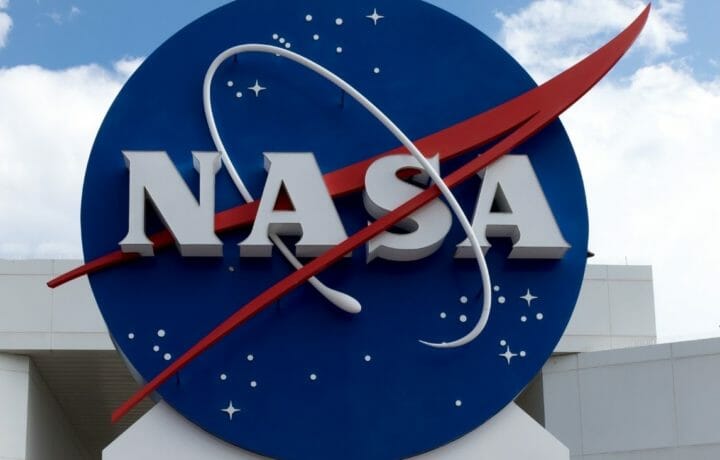For those that practice in federal criminal court, it is common knowledge that the defense rarely succeeds on the basis of a Rule 29 motion. These motions, based on the Federal Rule of Criminal Procedure 29 (kind of obvious) allow the judge to dismiss the case as a matter of law.
Rule 29 Motions
They can be made by the defense at the close of the government case and again at the end of the case, in which the judge can reserve the right to rule on the motion after the jury delivers a verdict. The defense can also renew the motion after the jury delivers a verdict. Case precedence and statutory language sets the standard on granting the motion, the rationale being acquittal should take place when the evidence as a whole is insufficient to support a conviction as a matter of law. In other words there must be some evidence presented to support the elements of each crime, or the Government runs the risk of the motion being granted.
Rule 29 motions are rarely granted and are often seen as going through the motions to preserve issues on appeal. That is why the case of United States v Hu is so intriguing to those in the intelligence and cyber law community, since the motion actually worked.
NASA Researcher Has a Past
In 2016, defendant Hu was an Associate Professor of Engineering at the University of Tennessee. He performed research under grants funded by agencies including the National Aeronautics and Space Administration (NASA). Several appropriations acts prohibit NASA from using appropriated funding to enter into or fund any grant or cooperative agreement of any kind to participate, collaborate, or coordinate bilaterally in any way with China or any Chinese-owned company. The government alleged that beginning in 2013, Hu was also a faculty member at the Beijing University of Technology (“BJUT”), Institute of Laser Engineering in Beijing, China [Id.]. Hu covered up this association, according to prosecutors, and he knowingly caused UTK to falsely certify to NASA that UTK complied with NASA’s China Funding Restriction. Essentially, that meant every time Hu or a project manager submitted an invoice for grant funding or reimbursement, they were allegedly made under false and fraudulent pretexts, thus the basis for the federal charges.
Much of the opinion delves into the history of Hu’s reporting of prior activities during tenure proceedings and on conflict of interest statements. While there were no specific mentions of Hu being a faculty member of BJUT when asked, the records indicated he worked on several projects where BJUT was mentioned. The court then discussed the multiple levels of review the university is obligated to undertake when applying for research grants with government agencies such as NASA. To complicate matters, NASA subcontracted with another research center who will actually engage in contracts with universities to submit the proposal to NASA. This added another level of review and scrutiny on the proposal as to abiding by the terms and conditions.
Digging Through the Mountains of Paperwork for Evidence
To support a conviction for wire fraud, the government must prove (1) a scheme or artifice to defraud; (2) use of interstate wire communications in furtherance of the scheme; and (3) intent to deprive a victim of money or property. The court said the evidence, even in the light most favorable to the government, failed to show a scheme to defraud as there was no intent to harm NASA shown. The court also noted “although evidence was presented that NASA issued this guidance, the proof was lacking that defendant received any information about this guidance or was aware of the guidance, and, as discussed below, the terms of the China Funding Restriction that were explicitly related to defendant did not ever specifically mention collaboration with a Chinese university”. In fact the court went on to point out that the NASA affiliation restrictions were unclear as to what was prohibited and whether it applied to university professors. As to the false statement charges, the court used the same logic. Thus, the motion for acquittal was granted. Incidentally, the jury was deadlocked after three days and the court declared a mistrial. It was at that point the judge considered and made the Rule 29 ruling.
University research proposals with government agencies contain mountains of paperwork on both sides, which include conflict of interest and affiliation affidavits. The requirements, restrictions, and scope of the proposal should be highly scrutinized by all involved so an award is not rescinded and progress on the research is stopped or compromised.




